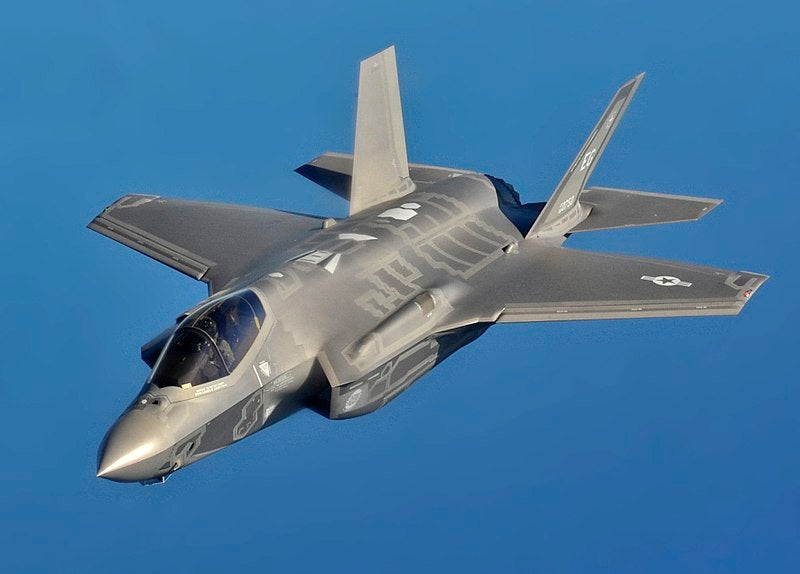
Annual assessment of Lockheed Martin’s progress on the F-35 fighter jet conducted by the US Department of Defense has found that the plane has 873 unresolved deficiencies.
Most of them were identified before the completion of System Development and Demonstration (SDD) and entry into IOT&E.
All three F-35 airforce models of the Joint Strike Fighter have a 25mm gun that has ‘unacceptable’ accuracy in hitting ground targets, according to the departments’ testing office.
The assessment is expected to delay the F-35 fighter jet further, as its testing period has now been extended until at least October.
Due to these inefficiencies, along with a large amount of planned new capabilities, the Director of Operational Test and Evaluation (DOT&E) considers the programme’s current Revision 13 master schedule to be high risk.
Bloomberg reported the department’s assessment as reading: “Although the programme office is working to fix deficiencies, new discoveries are still being made, resulting in only a minor decrease in the overall number.”
How well do you really know your competitors?
Access the most comprehensive Company Profiles on the market, powered by GlobalData. Save hours of research. Gain competitive edge.

Thank you!
Your download email will arrive shortly
Not ready to buy yet? Download a free sample
We are confident about the unique quality of our Company Profiles. However, we want you to make the most beneficial decision for your business, so we offer a free sample that you can download by submitting the below form
By GlobalDataTwo of the three F-35 variants have acceptable accuracy. The naval and marine corps versions have a 25mm gun that is externally mounted.
The airforce’s model has an internal mounting, which, according to Bloomberg, has been cracking, rendering the gun unreliable and practically unusable.
Due to the cracking near the gun muzzle in the latest F-35A aircraft, the US Air Force has restricted the gun to combat use only for production Lot 9 and newer aircraft.
The F-35 has been designed to operate and survive in the initial operational capability (IOC) and IOC-plus-ten-years threat environment (out to 2025) based on the first IOC declaration by the US Marine Corps.



